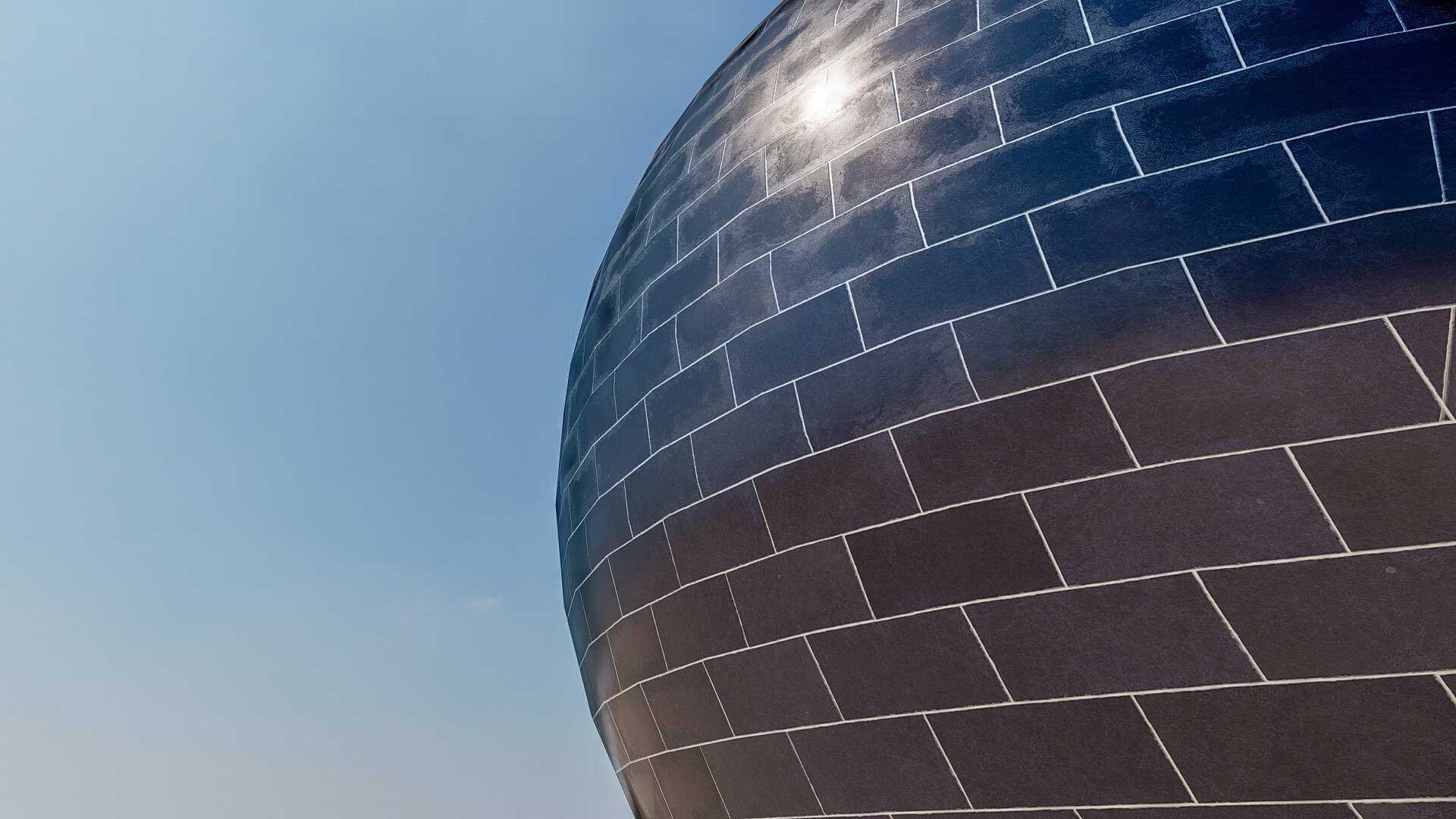Textures are the true backbones of alluring architectural visualizations. They add an element of life and vibrance to an otherwise barren scene, transforming a blank canvas into a creative and authentic masterpiece. To truly understand how instrumental textures are in a landscape, let’s explore exactly what a texture is, what 8K definition actually means for textures, and how high - quality textures will provide architectural renderings with the beloved quality seen in film CGI.
Contrary to popular belief, textures aren’t simply colors applied to the surface of a model, there are many properties working simultaneously to produce the dazzling visual effects we know and love. Let’s break it down.
Image (Diffuse Map)
The image, or diffuse map, is undoubtedly the most important facet of a quality texture, serving as the framework on which we will build our masterpiece. Images can be drawn using software, or preferably, photographed with a high - resolution camera. All successive texture properties are simply an alteration of this base layer image. Follow along as we turn this generic graphite slate tile into a genuine work of art.
Graphite Slate Tile Image: Hugo Render
Normal Map
To help enhance the photorealism of our tile, the addition of a normal map is the next logical step. A normal map helps generate detail on our texture’s surface without adding dimension; Essentially, we can give our tile a more life - like effect while the texture remains completely flat. So let’s get a normal map on there and see what that does!
Graphite Slate Tile Normal Map: Hugo Render
Displacement Map
Starting to look a lot more realistic, doesn’t it? However, it still lacks that three - dimensional aspect that truly makes this a tactile material. Let’s add some offset to our tile with a displacement map to create more authenticity and volume. Notice how the tiles appear to “pop - out” of the sphere!
Graphite Slate Tile Displacement Map: Hugo Render
Weathering
Now we’re really making some headway, but it’s not quite there just yet. Let’s compound some weathering with the displacement map to simulate some wear on the material. Perfection is unattainable, and most materials will degrade with time. Let’s add a few years to the tiles and see how it affects the roughness of our slate.
A little aside here, not all materials weather the same, and rendering software firms have taken this into consideration. We used a stone weathering map here, but other maps such as silver, wood, leather, and multitudes more exist!
Graphite Slate Tile Weathering: Hugo Render
Reflectivity
Let’s say we’ve done a pretty good job at keeping the tiles clean, and wish to reflect this on our sphere. Reflectivity is the measure of a material’s ability to react to radiant energy, or in layman’s terms, it determines how shiny it looks. Let’s add the constraint and let our slate beam the heavens.
Pay close attention to where the sun hits our sphere, and notice how the weathering effect is still prominent with added reflectivity.
Graphite Slate Tile Reflectivity: Hugo Render
So what happens when our Creative Director gets his hands on our graphite slate model? Absolute magic. Notice how every single element comes together to create this unique yet beautiful texture sphere, and how the texture is used in full glory, front and center in a kitchen we rendered for a client.
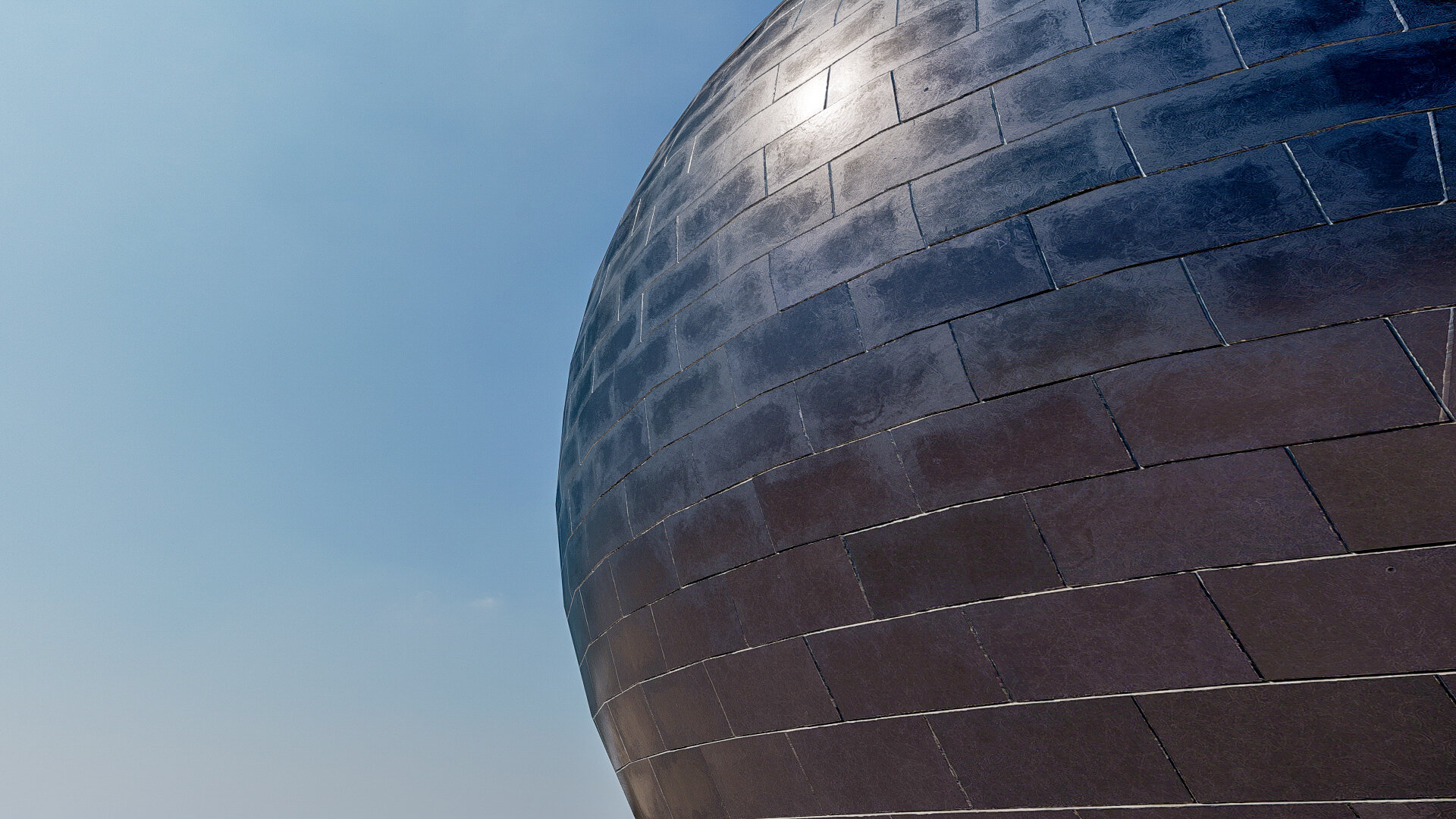

So where does 8K come into play?
The images on your television, iPhone, computer screen, they’re all made up of tiny textured squares called pixels. The more of these pixels a screen holds, the higher the quality of this image, the better the resolution. 8K resolution is the best on the market right now, offering a pixel area 7680 x 4320; This image helps understand the improvements.
High Definition Resolution Comparison: PCMag
So how does 8K resolution relate to material textures?
Photographic images are significantly better than illustrations for textures, simply due to the fact that an illustration is a fabrication. Cameras continually improve rapidly in overall image quality and depth, allowing us to capture textures suited for an 8K format. This allows us to create more densely pixelated materials and objects, bringing a CGI level of brilliance to the architectural visualization world. Along with other features such as HDR, brighter colors and deeper shadows will allow projects to reach a level of photorealism unimaginable.
8K textures will allow us to display our work on much larger viewing mediums without forfeiting the quality we love and expect in our work. As a potential investor, I’d much rather a crisp, clear PowerPoint over a cloudy and distorted mess.
These 8K textures and objects are available right now on the Quixel Megascans library, and have already been optimized for use in Unreal Engine! Enjoy the gallery below, but to get a full scale of how insane these assets are, I recommend checking out Quixel’s ArchViz Library for yourself.

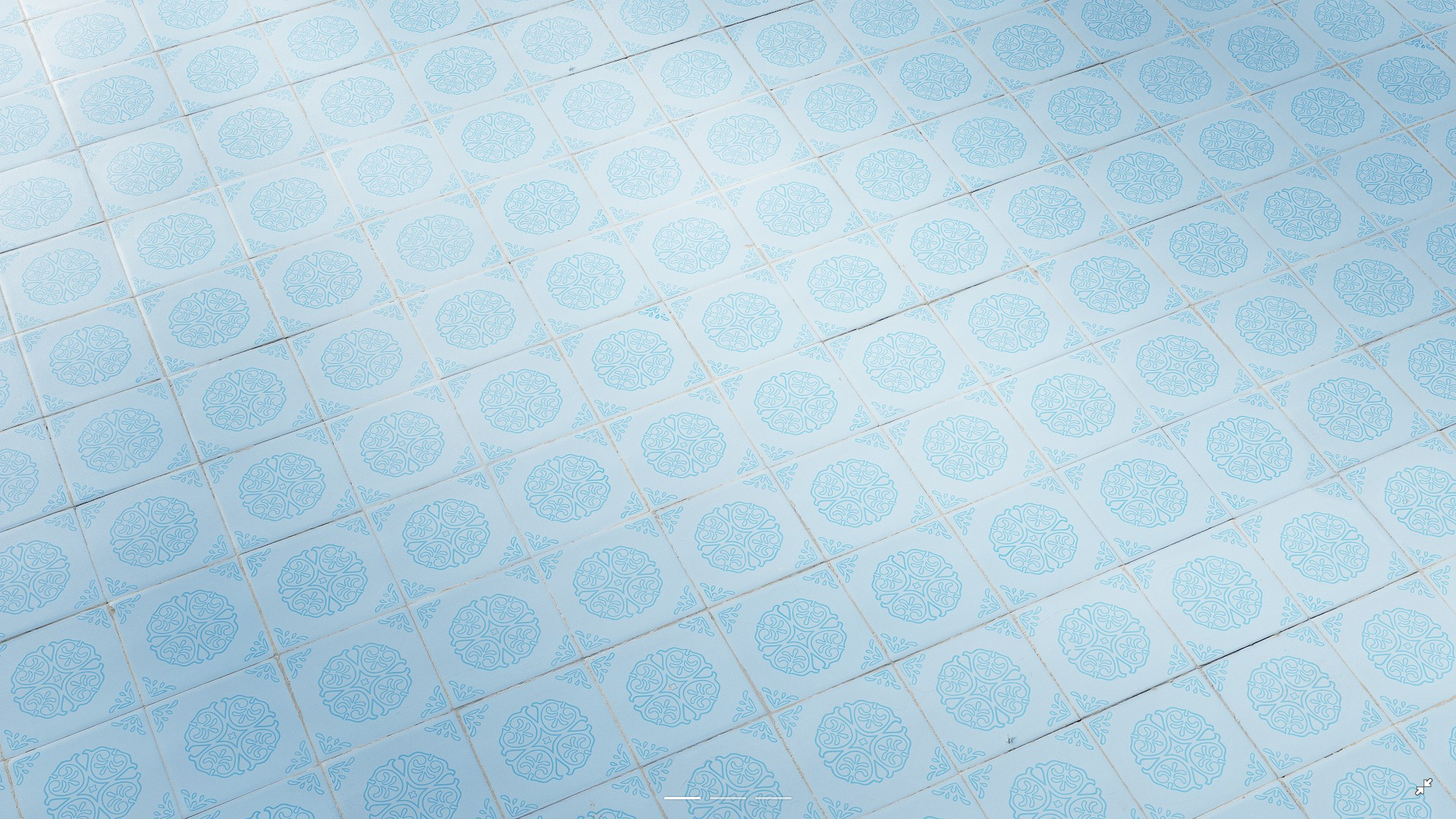

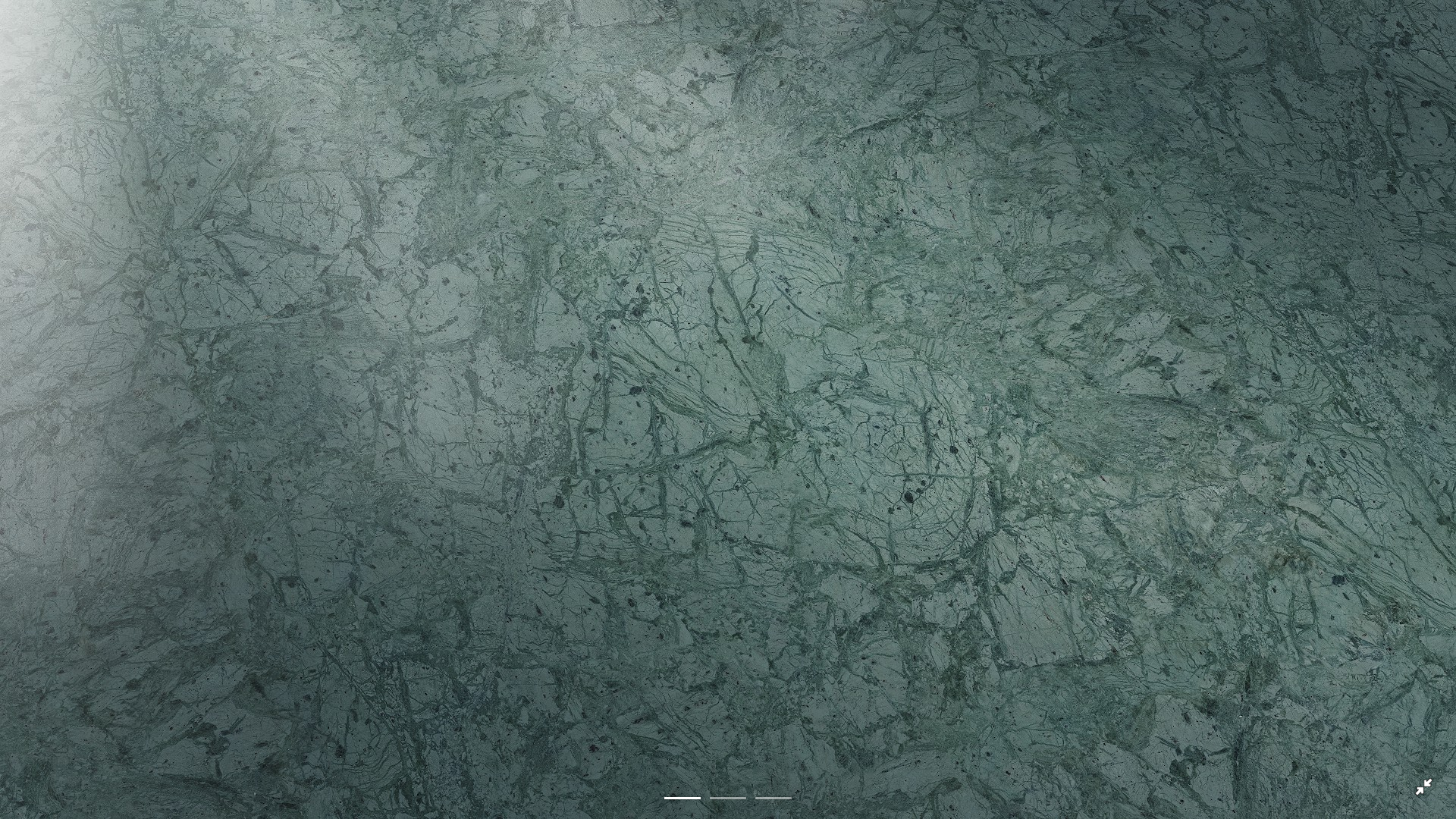
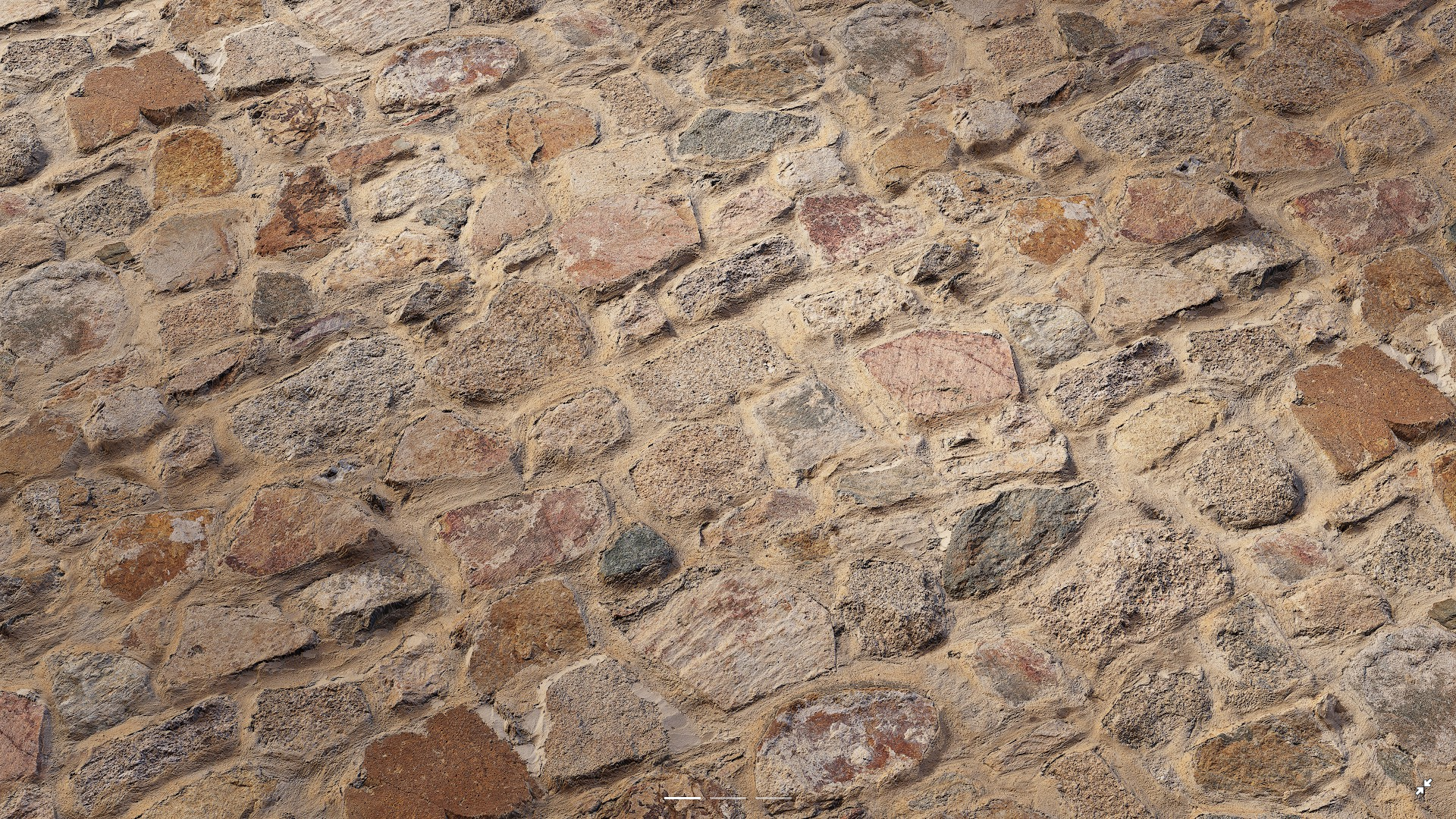

Still not convinced? Explore how photogrammetry and tools like Quixel Mixer are able to design absurd environments in this recreation of Dust 2, a Counter Strike: Global Offensive map using Unreal Engine 4! This is the level of detail and creativity we are ready to bring to the architectural rendering scene!
8K texturing is here and ready to take the world by storm. As the architectural visualization industry shifts towards more immersive experiences such as virtual reality, the demand for ultra - realistic texturing and objects will be paramount in both design and presentation. We are extremely excited to start implementing these textures in our work, and can’t wait to show the world what we’re capable of.






